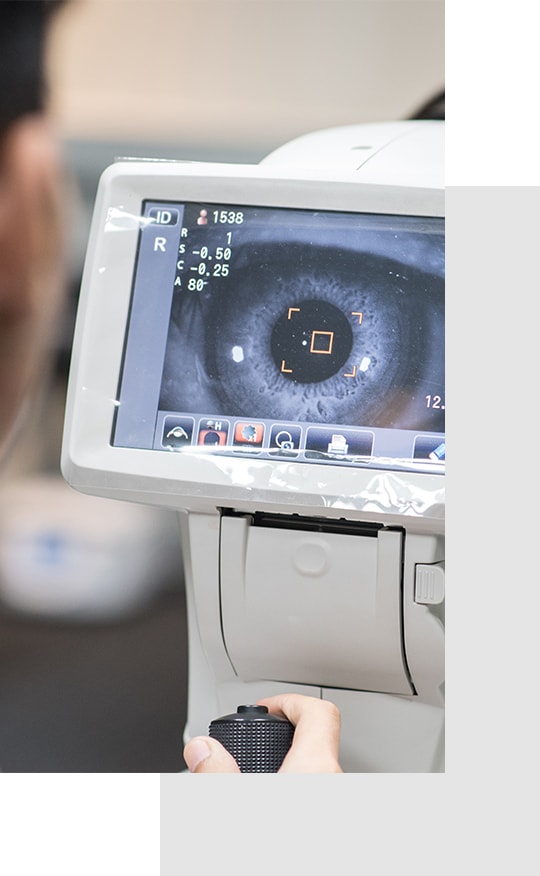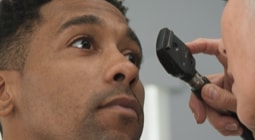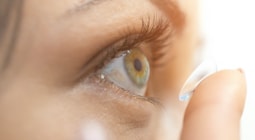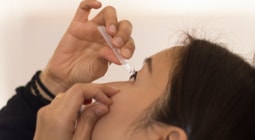Protect Your Eyes with Regular Eye Exams
Undiagnosed and untreated eye diseases can lead to vision impairment and eventual blindness. There are about 1 in 28 Americans over 40 living with low vision or blindness. Indeed, the leading causes of blindness and low vision in the United States are age-related eye diseases like:
Each of these diseases is detectable during routine, comprehensive eye exams. And, although serious, early detection and early treatment can prevent potential vision loss.













